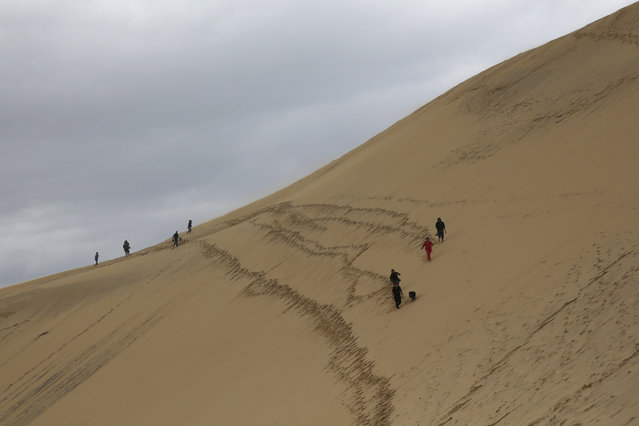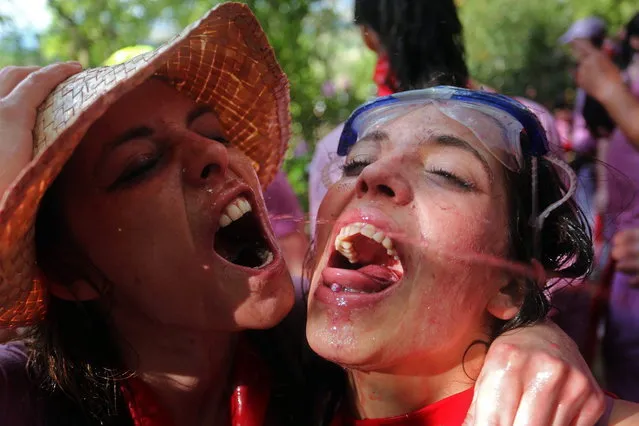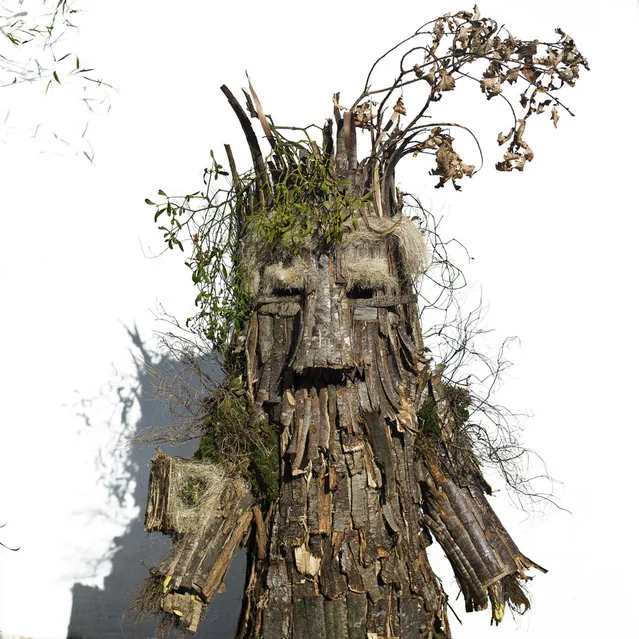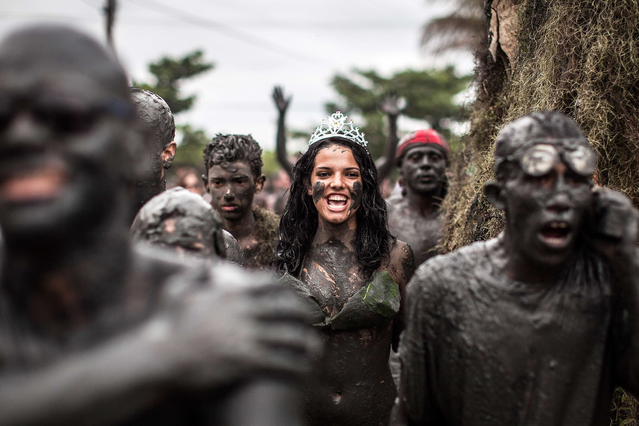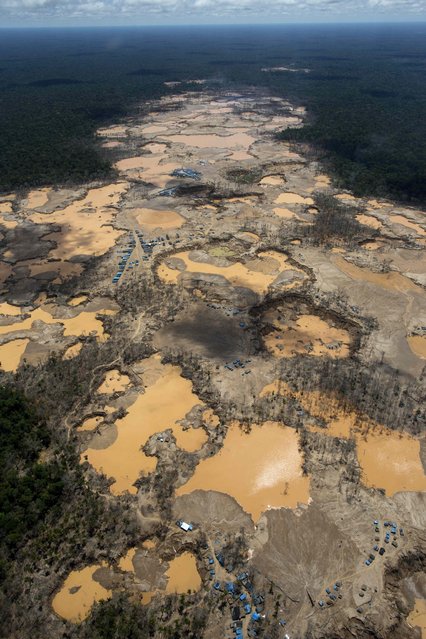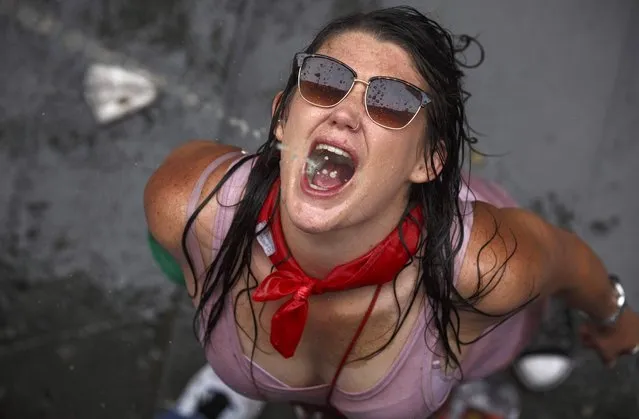
A reveller catches beer thrown from a balcony during the opening day or “Chupinazo” of the San Fermin Running of the Bulls fiesta on July 6, 2017 in Pamplona, Spain. The annual Fiesta de San Fermin, made famous by the 1926 novel of US writer Ernest Hemmingway entitled “The Sun Also Rises”, involves the daily running of the bulls through the historic heart of Pamplona to the bull ring. (Photo by Pablo Blazquez Dominguez/Getty Images)
08 Jul 2017 08:59:00,post received
0 comments

